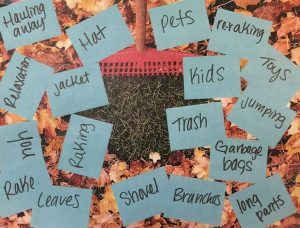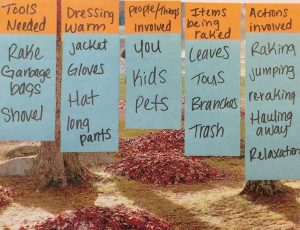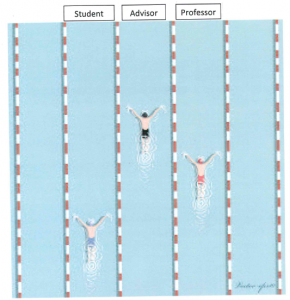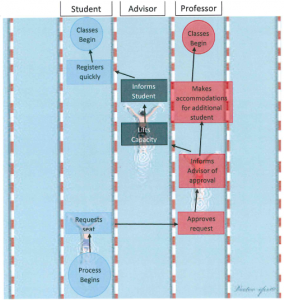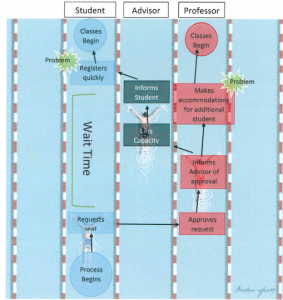We are pleased to present this guest blog post by Pete Baril, Health and Safety Manager at Michigan Technological University
Sort, Set in Order, Shine, Standardize, Sustain. We know it like the back of our hand. The 5S process is an excellent Lean tool for decluttering, organizing, and improving efficiency, but it can also be part of the foundation for another very important S, Safety.
We’ve all been there, either at home or at work, fumbling around in a cluttered mess trying to get something done. We trip, grab the wrong tool, or spill something; a virtual gauntlet of hazards placed before us simply due to a poorly maintained workspace. Poor housekeeping not only detracts from efficiency and progress, it’s also a safety problem.
Housekeeping is central to a safe and well-run workspace. In a previous life I was a health inspector, charged with evaluating restaurants on food safety and sanitation. I could tell within five minutes of entering a facility whether or not it was going to be a good day or a bad day, simply based on the organization and housekeeping of the operation. Currently, my professional focus is on safety, and when I evaluate a workspace the results are no different; poor organization and housekeeping almost always equal safety violations and unsafe work practices.
Keeping up with safety requirements can be daunting, and when operating in a poorly kept space, the problem is compounded. Give yourself a chance by practicing the 5S process throughout your workspace. Improved housekeeping can do wonders for your efficiency, not to mention your stress levels. An organized space promotes safety by providing clear workspaces free of trip hazards and poorly stored items. Good housekeeping also prevents us from having to use the wrong tool for the job, as the right one is no longer “lost.” In addition to the many other safety benefits of an organized space, good housekeeping practices demonstrate a level of control over the process that brings with it efficiency, pride, and an improved outlook on the task at hand. All this from something as basic as housekeeping.
In closing, please keep in mind, as you strive to become lean, also strive to improve safety. Your co-workers, clients, and family will appreciate it.








